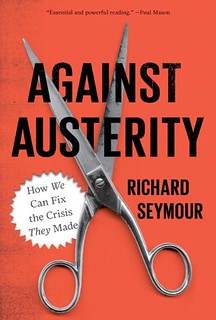Sunday, May 11, 2008
Latest Iraqi Resistance Stats posted by Richard Seymour
The Brookings Institution provides regular updates on all statistics from Iraq in its 'Iraq Index'. It collates a range of different sources, and it isn't necessarily as authoritative as the official Department of Defense reports. However, it is more consistent in what data it presents and generally omits the Bush administration editorials. The latest report, dated 5 May 2008, is here. Here are some of the key results pertaining to resistance attacks (click to enlarge):





I already addressed the reported the issue of the 'surge' and its effects here and here. I noted that the main causes of a reduction in all kinds of attacks were: a) a brief cessation of the war between Sadr and Badr fighters; the near exhaustion of the sectarian war; b) Sadr's ceasefire; c) the co-opting of Sunni fighters in huge numbers. I also pointed out that the Bush administration had only succeeded in reducing the rate of anti-occupation violence by the precise amount that it had increased during the escalations in 2006-7. The statistics above more or less confirm this picture. (Gilbert Achcar, in an interesting discussion of the political background to the 'surge', also reinforces some of these points). They also suggest that US troop deaths fell to a very low rate in December 2007, and have been rising ever since (don't be misled by the drop at the end of the third chart, as that is the figure for the first four days in May). It is currently at a seven-month high. They confirm that the 'foreign fighter' contingent remains puny, about 2,000 at most - in a total insurgency that was estimated to be about 200,000 strong as early as January 2005, that is at most 1% of the total. As the US has been putting 'Iraqi security forces' in the frontline over the past couple of years - the strategy of 'Iraqification' - they are bearing the greater brunt of deaths. Those same 'Iraqi security forces' are, according to this report, carrying out a large number of the patrols - over half at some points, apparently. The pattern of 'Iraqification' has been maintained in Basra and Sadr City recently. The US is backing up said 'security forces' with air strikes that have contributed to the hundreds of deaths (this may actually be more bloody in the end than Fallujah). Partly because of this, the main cause of deaths among US troops is IEDs, rather than gun battles. Even with that in mind, the main gain of the 'surge' - a reduction in attacks on occupation troops - has been reversing for several months now. If the Sadrist militias have held out well enough to cause the government to want another truce, then the other expected gain - using a window of opportunity to smash the main anti-occupation forces - is unlikely to materialise.
Labels: 'surge', iraq, iraqi resistance, occupation, US imperialism










